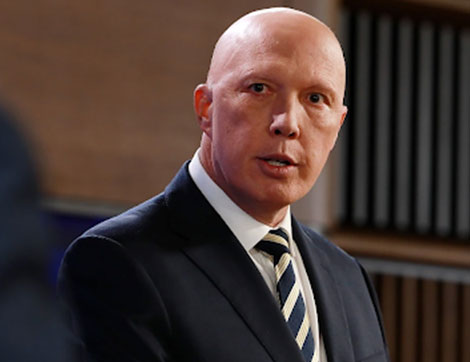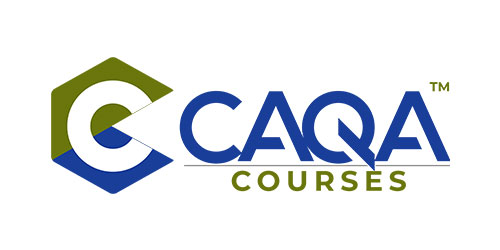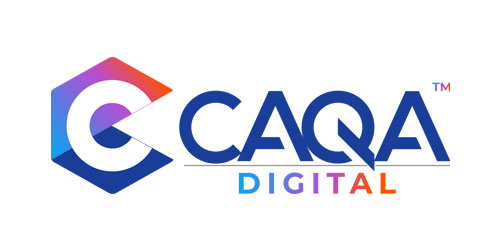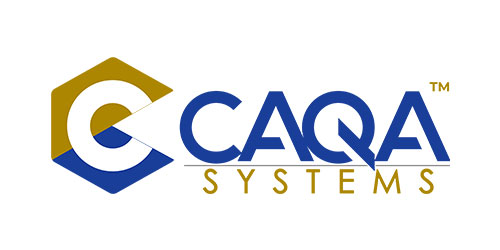
News
Integration is the key to the future – TROY WILLIAMS
Australia needs an integrated tertiary education system in which higher education plus vocational education and training operate as one but they retain their separate identities.
The rationale is strong. Those entering the workforce today are likely to have three or four careers before they retire, such is the changing future of work.
To equip themselves, it’s likely that they will move between the vocational education and training sector, and the higher education sector, to ensure they have the knowledge and skills required to remain employable. It’s in this context that we need to rethink the tertiary education system, ensuring that it supports the workforce of today and tomorrow. Australia’s tertiary education system currently is not equipped to deal with these challenges.
For more information, please refer here.
Skilled Occupation List overhaul thrills IT industry – List hasn’t been updated in 10 years. – ACS
Skills-starved businesses have welcomed the chance for closer engagement with the government as it brings forward a review of Australia’s most in-demand technology skills.
Australia’s economy is facing up to the implications of chronic shortfall of skilled technology workers as it works to figure out how to meet industry demand that ACS’s recently released Australia’s Digital Pulse 2019 report projects will need an estimated 100,000 more workers – reaching 800,000 people in total – by 2024.
The review of the Skilled Occupation List will involve extensive consultation with industry, employers, unions, and individuals in an effort to ensure skilled migration programs better reflect the skills that employers need.
“As a Government, our role is to ensure that Australian employers can access workers with the skills needed to fill the jobs of today and tomorrow when they can’t be met by the domestic workforce,” Minister for Employment, Skills, Small and Family Business Michaelia Cash said during the announcement into the review.
For more Information, please refer here.
Times Higher Education’s World University Rankings 2020: Australia Rises Up
From nine universities cracking the list in 2018, Australia is now home to 11 universities that made it to the Times Higher Education (THE) World University Rankings 2020, with the University of New South Wales (UNSW) managing the biggest leap in ranking since 2018 and standing at 71 climbing up the ladder by 25 positions. Leading at the forefront is the United Kingdom’s University of Oxford, that topped the world ranking for the fourth consecutive year, followed by the California Institute of Technology, the United States and the University of Cambridge, United Kingdom.
35 Australian universities make in-roads
Overall, around 35 Australian universities made it to the list which included approximately 1,400 universities located across 92 countries. The University of Melbourne was positioned at 32nd place followed by Australian National University at 50th and the University of Sydney at 60th. Interestingly, the University of Canberra exhibited a noteworthy success story as it rose by 376 places since 2016, demonstrating the biggest ever institutional improvement in the world.
It is good news for all the stakeholders in the education sector in Australia.
For more information, please refer here.
International student enrolments hit by “substantial downturn”
Higher education providers are panicking over the purported “substantial downturn” in international student enrolments across Western Australian colleges and universities.
For more information, please refer here.
Producing ICT specialists for the 21st-century workforce
Information and Communications Technology’s (ICT) meteoric rise in recent years can only mean that such advances will continue to be further embedded in our personal and professional lives, especially as we delve further into the Fourth Industrial Revolution.
Coupled with the rise of new tech waves such as cloud computing, big data and artificial intelligence, which are poised to drive ICT innovation, this means graduates and future professionals in the field must be equipped with the skills needed to solve 21st-century problems and evolve with future industry demands.
ICT’s importance can be felt in just about any industry. Factors such as the rise in global internet usage, affordable mobile devices flooding the market and the increasing popularity of streaming platforms can translate to rising demand for animation and visual effects (VFX) content, be it for entertainment or things like advertising, cutting through a saturated market. Meanwhile, as companies adopt more technology into their operations, more talent is needed in managing their information systems and the like, fuelling the need for professionals in the field.
The European Commission estimates that Europe faces a shortage of around 756,000 ICT professionals by 2020. Meanwhile, the US Bureau of Labor Statistics projects that employment for computer and ICT occupations is projected to grow 13 per cent from 2016 to 2026, faster than the average for all occupations. They add that these occupations will add some 557,100 new jobs, with demand for such workers stemming from greater emphasis on cloud computing, the collection and storage of big data and information security.
For more information, please refer here.
Australia should try to keep more international students who are trained in our universities
Australia’s education system takes almost one in ten of all international students from countries that are members of the Organisation for Economic Co-operation and Development (OECD).
That’s according to the latest Education at a Glance report from the OECD.
But Australia should do more to retain some of those students after graduation or it risks losing good talent overseas.
For more information, please refer here.
How Vocational Education in the USA Got a 21st Century Reboot
Suriana Rodriguez is only 19, but she’s already lined up a full-time job at IBM. After her junior year in high school, she interned at the tech giant’s Poughkeepsie, N.Y., campus, 20 miles north of her hometown, for $17 an hour. For a year, Rodriguez has worked 40-hour weeks as an apprentice test technician, examining IBM mainframes to confirm they work before shipping them to customers. In January, she’ll move to a permanent position with a future salary that she says is “definitely much more than I ever thought I’d be making at 19.”
For more information, please refer here.
Australia-wide plan to ban mobile phones in schools divides educators
A push by the federal government to impose an immediate ban on mobile phones in Australian classrooms has divided education professionals across the country.
The technology crackdown, raised by Federal Education Minister Dan Tehan, is intended to curb cyberbullying and follows Victoria’s decision to introduce a phone ban in all state schools from next year.
Mr Tehan met with state and territory counterparts on Friday to persuade them a ban on phones during class time would help alleviate anxiety and depression, as well as combat cyberbullying among students.
“We’re also starting to see a causal link when it comes to social media and the impact that is having on student wellbeing,” Mr Tehan told ABC radio.
For more information, please refer here.
Minister urges TAFEs to get closer to universities, business as part of VET reform
The Assistant Minister for Vocational Education, Training and Apprenticeships Steve Irons has urged TAFEs to examine closer links with universities and businesses at the local level as part of a “once in a generation” effort to reform the VET sector.
Speaking at the TDA Convention in Brisbane, Mr Irons said everyone in the sector would need to be “open to new ways of working and being ready to collaborate across traditional boundaries.”
For TAFE, he said this may entail stronger links with universities and larger employers in the regions, as well as bringing together small business, community groups, and different levels of government to devise local solutions to skills gaps.
He said the recent COAG agreement by the Commonwealth, states and territories should be seen as “a once-in-a-generation opportunity to strengthen VET.”
“I cannot overstate how important it is that we now have this top-level agreement across jurisdictions on the future direction of VET in Australia,” he said.
He noted the key elements in the planned reform process to date – the National Skills Commission, National Careers Ambassador, National Careers Institute and new Skills Organisations.
“These organisations will benefit greatly from practical input from TAFE representatives, and this in turn will make them more useful to you,” he said.
See the full speech here.
 1800 961 980
1800 961 980 info@careercalling.com.au
info@careercalling.com.au

























